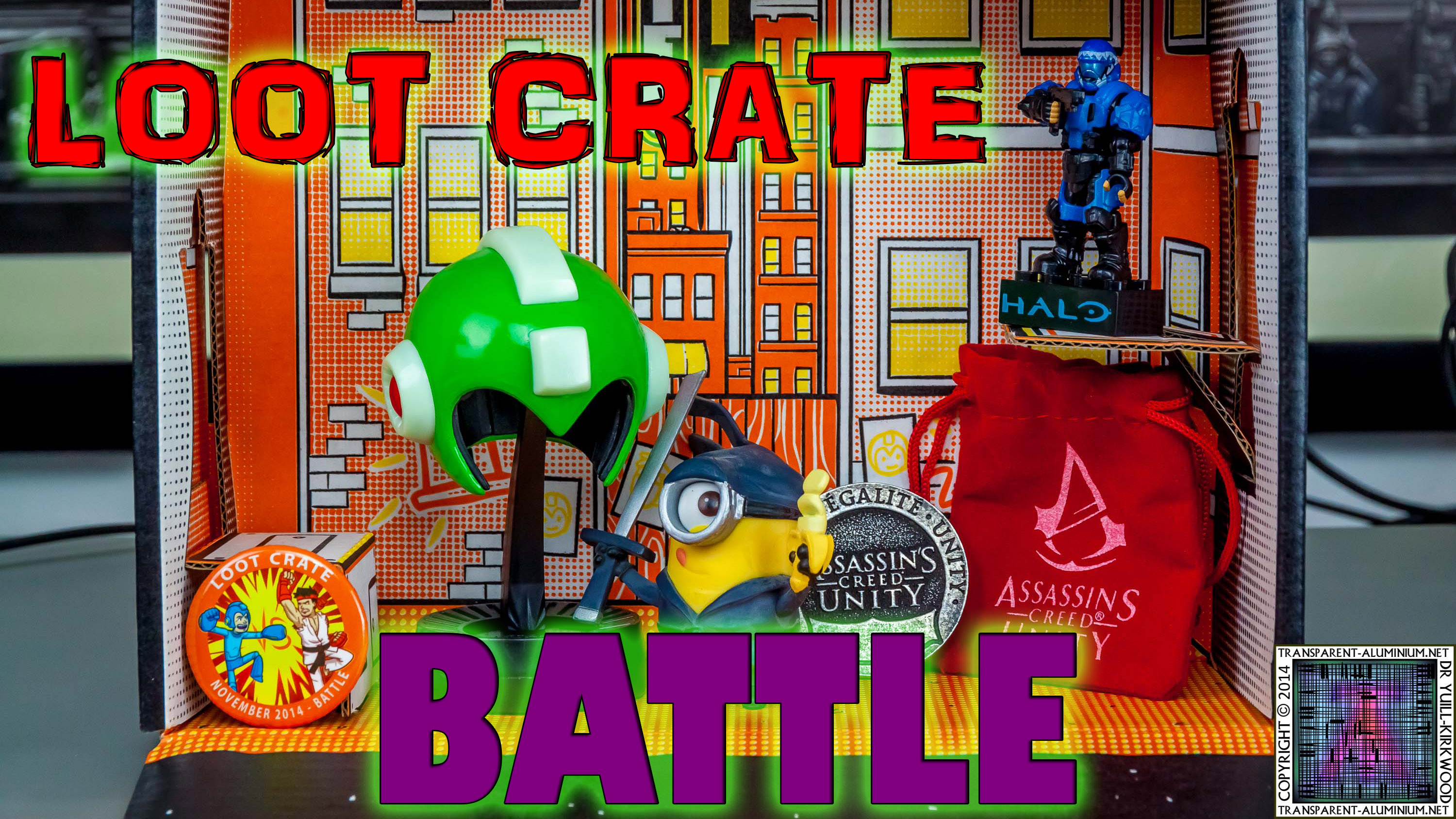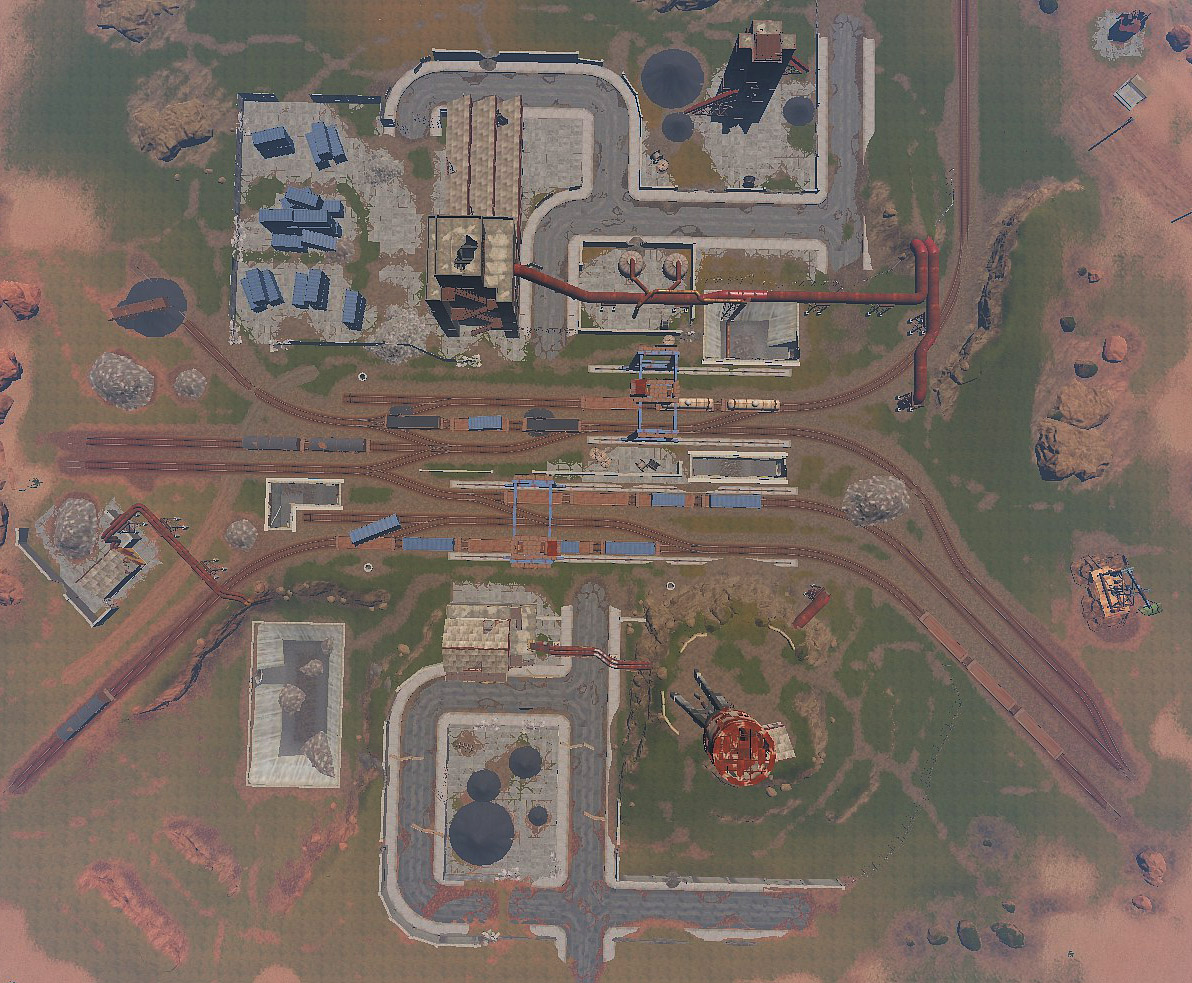

However, in recent years, a new kind of microtransaction has become increasingly prevalent in video games: the loot box. Similarly, in 2006, players of the open-world game Oblivion were able to make a microtransaction to buy cosmetic armour for their in-game horses. Even over a decade ago in 2005, players of the mobile game Puzzle Pirates could pay real-world money to buy ‘doubloons’, an in-game currency that could be spent on virtual items and services. For example, players of the 2011 action game Dynasty Warriors 7 can pay $0.99 to $1.99 to unlock exclusive in-game weapons the role-playing game Tales of Xillia lets players pay $3 to buy ‘Level Up’ packs that make their characters stronger players of the city-planning game SimCity Buildit can pay small amounts of money to increase the efficiency of their construction efforts. Making ‘microtransactions’ of small amounts of real-world money for virtual items or other advantages has been common in video games for many years. There is concern among both regulators and researchers that spending money on loot boxes may be linked to gambling-related harm among both adults and children. In recent years, loot boxes have mushroomed from a relatively obscure and unknown in-game mechanism to an industry that is predicted to generate up to $30 billion in 2018 alone. Loot boxes are a relatively new way for players to spend money in video games. Possible strategies for regulation and restriction are given. Overall, these results suggest that loot boxes either cause problem gambling among older adolescents, allow game companies to profit from adolescents with gambling problems for massive monetary rewards, or both of the above. Several of these motivations were similar to common reasons for engaging in gambling. Qualitative analysis of text data showed that gamers bought loot boxes for a variety of reasons. It was stronger than relationships previously observed in adults. The link between loot box spending and problem gambling among these older adolescents was of moderate to large magnitude. A large-scale survey of 16- to 18-year-olds ( n = 1155) found evidence for such a link ( η 2 = 0.120). However, thus far, there is no empirical evidence of either the size or existence of a link between loot box spending and problem gambling in adolescents. Previous research has shown links between loot boxes and problem gambling in adult populations. Similarities between loot boxes and gambling have led to concern that they are linked to the development of problem gambling in adolescents.

Many games that feature loot boxes are played by adolescents. Loot boxes are items in video games that can be paid for with real-world money but contain randomized contents.


 0 kommentar(er)
0 kommentar(er)
